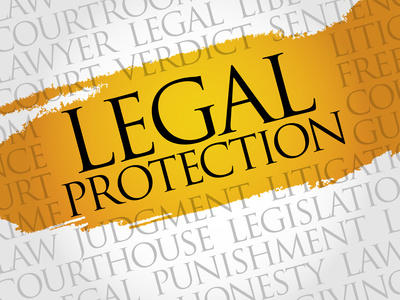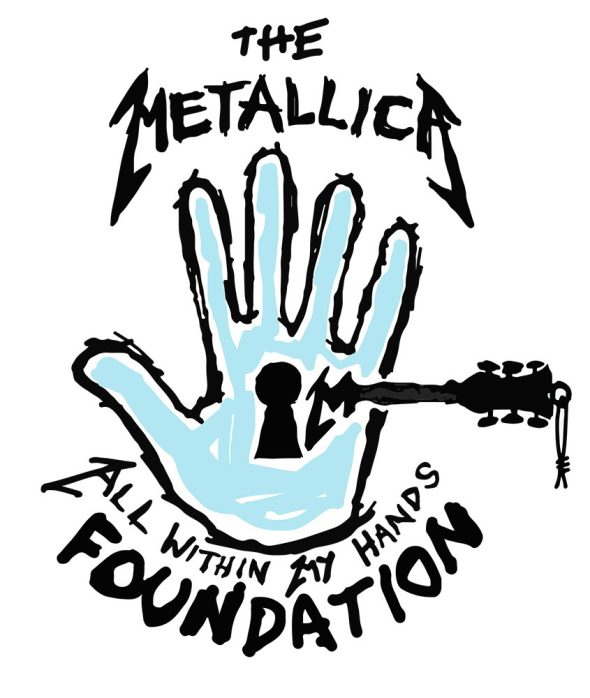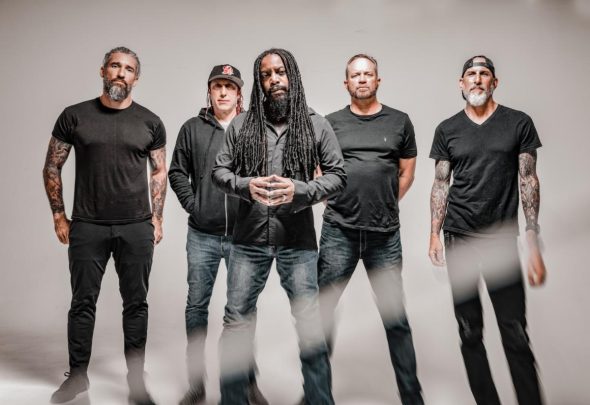Pt. 6 – Conclusion
Over the course of several issues, Music Insider Magazine’s “Copyright Law Primer” has given a brief overview of “fair use,” an often-misunderstood defense to copyright infringement that involves a case-by-case consideration of the following factors:
 FACTOR 1 – The Purpose & Character of the Use: Using a copyrighted work in a way that “transforms” its original purpose typically weighs in favor of finding that the use was fair, while using the work for direct or indirect financial gain (i.e., “commercial” use) typically weighs toward liability for infringement.
FACTOR 1 – The Purpose & Character of the Use: Using a copyrighted work in a way that “transforms” its original purpose typically weighs in favor of finding that the use was fair, while using the work for direct or indirect financial gain (i.e., “commercial” use) typically weighs toward liability for infringement.
FACTOR 2 – The Nature of the Copyrighted Work: Creative works receive a higher amount of protection under the law, and so using them (as opposed to more factual, uncreative content) can look a lot more like infringement than fair use.
FACTOR 3 – The Amount and Substantiality of the Portion Taken: Consideration is also given to whether the entire original work was used; and if not, whether the portion used represented an important piece of the whole (i.e., the “heart” of the original).
FACTOR 4 – The Effect On the Market (or Potential Market) for the Original Work: If your use of a copyrighted work impairs the copyright owner’s ability to make money or sell the original work, even potentially, then it is less likely that your use will be considered “fair.”
With this background, you should have a better idea of the various considerations that are given to the question of whether your use of someone else’s work is technically “fair use.” However, it is always crucial to remember that “fair use” is fact-specific — no one factor can establish or preclude this defense.
To illustrate this point, and to conclude the “Copyright Law Primer,” here are several examples of noteworthy fair use cases involving music, with a play-by-play of how each factor was treated by the court (with the exception of Factor 2, which was not in dispute in these cases).
“Fair Use” Cases
In Italian Book Corp., v. American Broadcasting Co., a television news group covering an Italian festival in NYC recorded a band’s live performance of the song “Dove sta Zaza” and replayed part of the recording during its news broadcast. Ultimately, this was found to be “fair use” of the song, based on the following:
Factor 1: This was considered an “incidental and fortuitous reproduction, in a newsreel or broadcast, of a work located in the scene of an event being reported.”
Factor 3: Though not integral to the court’s decision, only a portion of the song was used in the broadcast.
Factor 4: The use of the song on an evening television news programs is not competitive with the commercial use plaintiff seeks to make of the song, and causes no loss of profit or lessening of the song’s value.
In Keep Thomson Governor Comm. v. Citizens for Gallen Comm., a political candidate used a 15-second portion of his rival’s official campaign song in an advertisement promoting his own campaign, which was found to be a “fair use” of the original.
Key Factors – #1, 4: The court held that the use of the plaintiff’s song was “clearly part of a political campaign message, noncommercial in nature” and also protected by the First Amendment. Additionally, the effect on the value or potential market of the work was found to be minimal, with the court noting that the original recordings “have sold and are continuing to sell” without any loss to the owner.
In Fisher v. Dees, the composers of the song “When Sunny Gets Blue” sued the creator of a short parody song titled “When Sonny Sniffs Glue,” which altered the initial lyric line and borrowed six bars from the original song. The court determined that the defendant’s actions constituted “fair use.”
Key Factors – #1, #3, and #4: Although the court held that the parody song was commercial in nature, creating a presumption against fair use, it also found that no more of the original song was taken than was necessary to accomplish the purpose of the parody, and that the parody was not likely to substitute the original on the open market.
“Not Fair Use” Cases
In BMG Music v. Gonzalez, an individual was sued for downloading songs using “peer-to-peer” file sharing software. The defendant argued that this activity was “fair use” because she was using the software to determine whether or not to later purchase the songs, but the court disagreed and held that this defense was not available.
Key Factors – #1 and #4: The court held that the defendant was not engaged in a “non-commercial” use, since she was downloading and keeping whole songs that she otherwise would have spent her own money on. The court also held that Gonzalez’s activity had a negative impact on the potential market for the original work, stating that “[m]usic downloaded for free from the Internet is a close substitute for purchased music” and noting that P2P sharing programs conflict with traditional means of marketing songs (such as radio).
The case Bridgeport Music, Inc. et. al. vs. Dimension Films et. al., pitted the makers of the movie I Got The Hook Up against the owners of the copyrights in the song “Get Off Your Ass and Jam,” which was used in a song on the movie’s soundtrack. While this was not technically a “fair use” case, the defendant did attempt to argue that the “de minimis” amount taken from the original song defeated any claims of copyright infringement. it still highlights how differently courts might treat each factor.
Key Factors – #1 and #3: Although only a 2-second sample of an arpeggiated chord was sampled from the original song, this sample was “copied, the pitch was lowered, and the copied piece was “looped” and extended to 16 beats…[and] each looped segment lasted approximately 7 seconds” in five different places on the track.
As you can see, there are few bright-line rules in this area of law, and sometimes the difference between “fair use” and infringement can come down to minor facts and details. If you’re unsure whether your particular use will land you on the wrong side of a lawsuit judgment, it may be safe to assume that you’ll need to ask permission before taking and appropriating someone else’s work.




